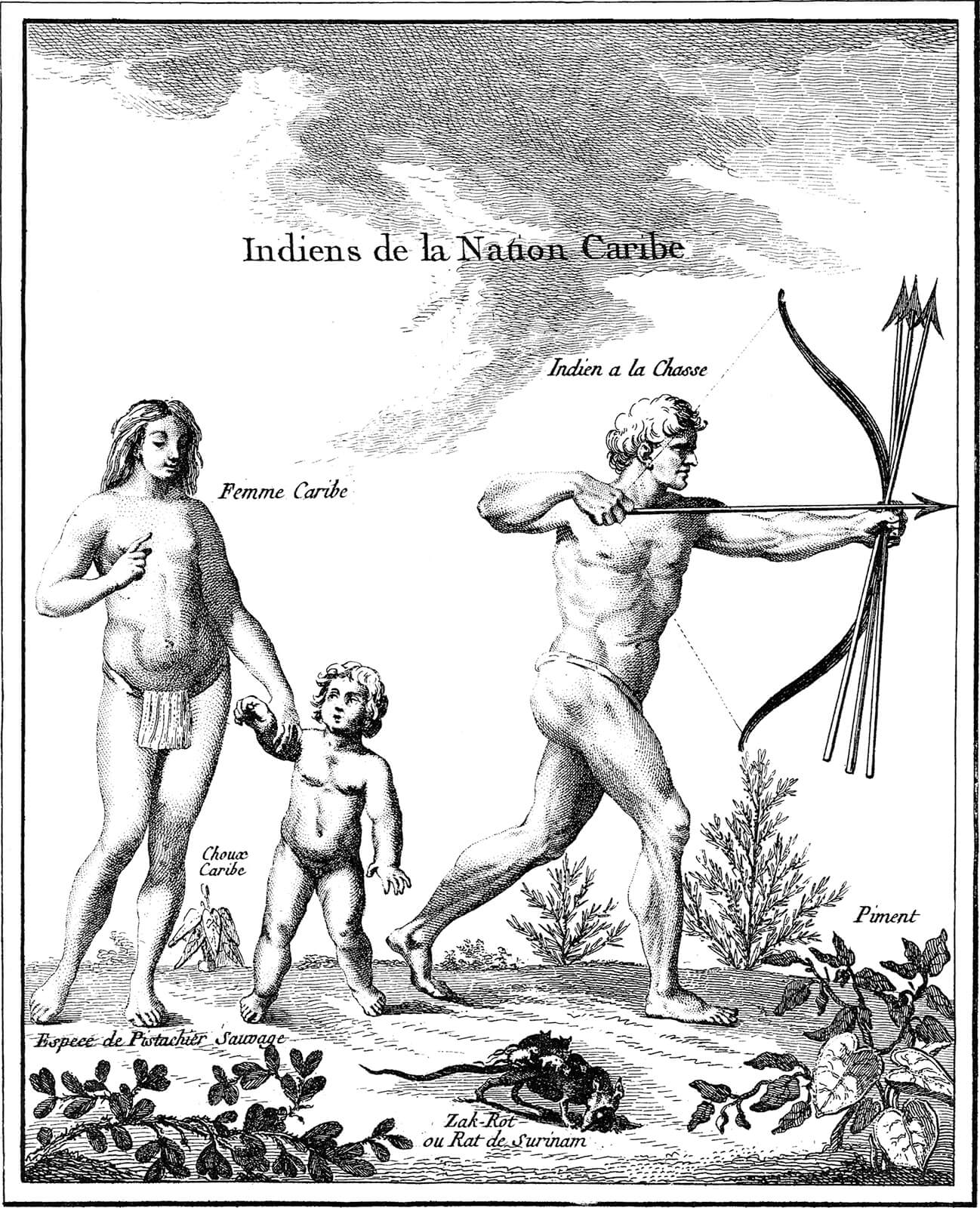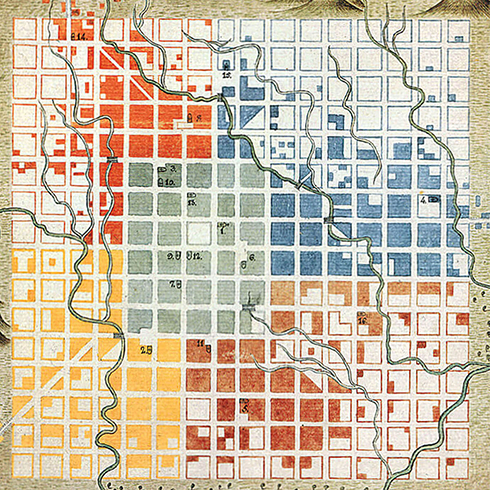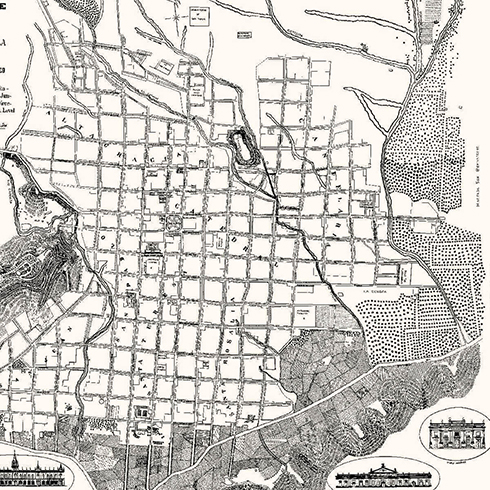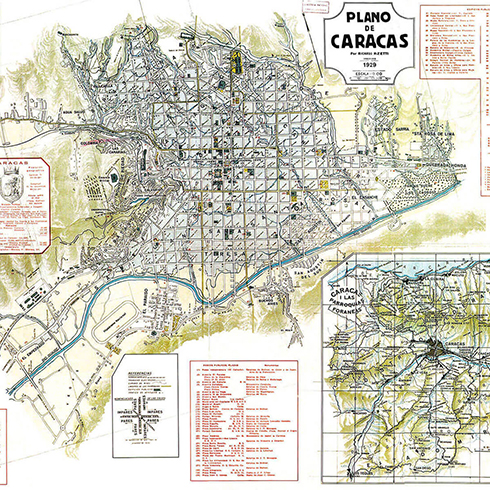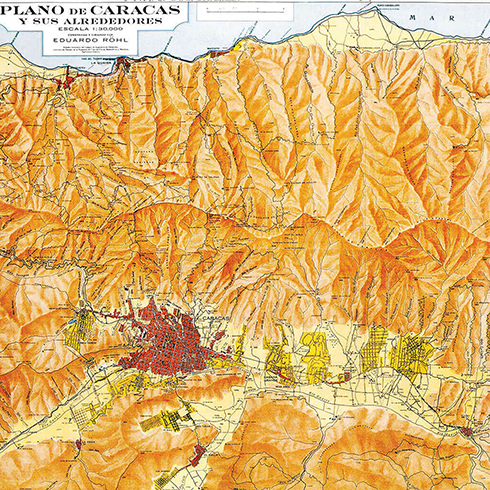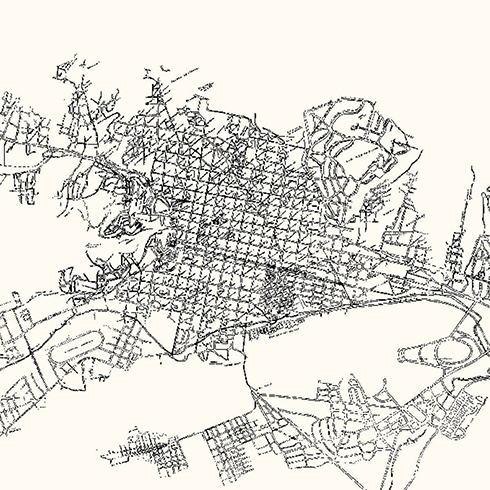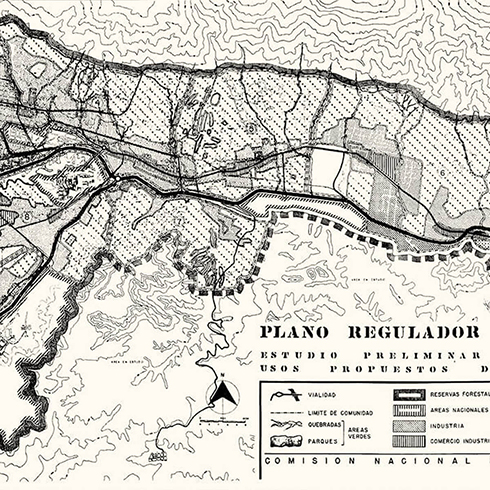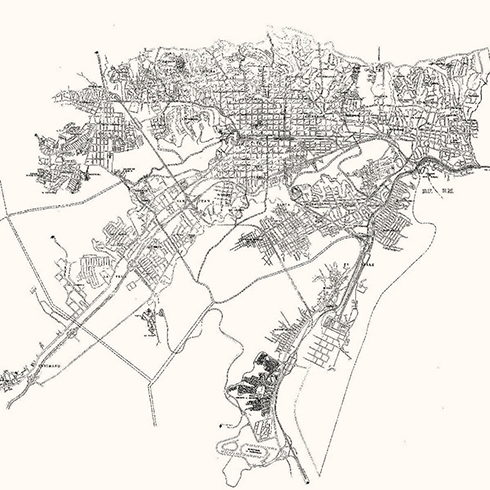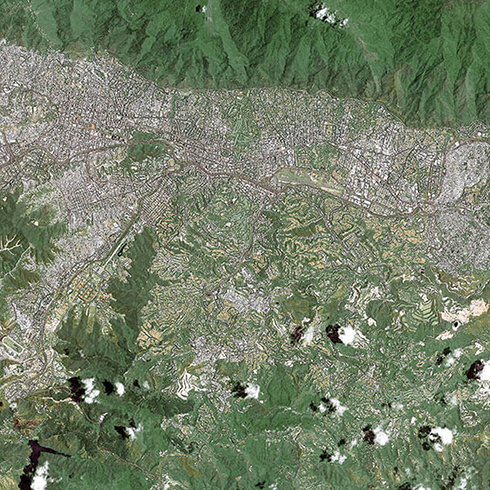Caracas
through its plans
Federico Vegas, Iván González Viso
Introduction
Some thirty years ago I heard my father saying: «Caracas is a city attacked by its inhabitants, and defended by its topography». This phrase keeps accompanying my rounds; I can feel the hills, valleys, trees and brooks struggling no to blur and, more than once, vanquishing. I conceive the Ávila as a strong big brother, an infinite reserve of beauty, a stronghold defending and animating us from the North reinforced by a ribbon of smaller mountains to the South.
Our geography is that of a concave city where passions keep bouncing in unpredictable waves and surprising angles. I have witnessed the appearance of hidden gossips, secrets of rare geometry flowing next to collective dramas and drawing a sentimental net overlapping the urban one. If we fail to perceive these relationships between the city’s feelings and its physical expression, nothing in Caracas may be understood.
The history of Caracas has one of its multiple beginnings at the end of the XVI. century, when a perfect, idealized grid was inserted on a huge and unknown geography. We refer ourselves to a region to be conquered, to a country that still did not have borders and to a continent whose form, constitution and temperament were not yet known by books and maps.
Our first seed of blocks and squares, placed at the center and North of what would be Venezuela, is one of the thousand examples of the so-called «Spanish American checkerboard», based on an ancient and universal recipe that existed centuries before the encounter of America and Europe at the end of the XV century. The grid’s formula was used by Greece when founding colonies and Rome when conceiving an empire.
Starting from that first outline of the new foundational checkerboard, an ordered and dominant grid was leading to a series of networks with ever more uncoordinated and fragmentary approaches. One may talk of the gradual, then frantic step, from a unique concept of urbanism to overlapping developments and other spontaneous occupation of the space. A perfect grid became an illegible network.
Before the City
What did the valley of Caracas offer when the Spanish conquerors arrived?
When we «caraqueños» are asked what we think about Caracas, we usually say: «I adore its air, its light, its Ávila. We are then exalting qualities preceding Diego de Losada and its first checkerboard. Perhaps unknowingly we are assuming that in this city the landscape and the geography it is our main asset and constitutes the first and last of our references.
Tomás Sanabria, the architect used to describe a series of ideal conditions that would be impossible to change: the 900 meters altitude over the Caribbean sea and, at the same time, the closeness of the coast; a big concavity following the path of the purifying Eastern winds; the temperature of an earth avid of big trees and growing; the topography that with the brooks and the river sets a self-cleaning system.
We know little how the Caribbean tribes interpreted these voices and winds, how they made use of the watercourses and elevations, what were their trails and paths, what grids were being imposed by reason and use of nature’s organic nets.
We do know that there was an organization and that one of its centers was in the mountains towards the valley’ s Southwest, at the zone of Los Teques. There one found chief Guaicaipuro, a figure capable of forming a coalition with the country’s central regions’ tribes. His allies and relatives gave name to different zones of the territory being the theme of this guide, as Baruta, Chacao, and Naiguatá. It would seem as if these heroes entered history only when they confronted, and were exterminated by, forces bringing a different culture. There was no more exchange than that dictated by need, hazard and war.
Since the beginning, the vision that Europe had of the Caribbean has been wrapped by contradictions. Columbus, on this first voyage, exclaims: «I have never seen anything so beautiful», but already in the chronicles of his second voyage he tells that the savages living in this paradise, «say that human flesh is so good that there is no other such thing in the world and it looks so, because of the bones we found in these houses, anything that may be gnawed has been gnawed». This vision of the native opens the road to the most diverse fantasies as well as for their extermination.
In the process of Caracas’ foundation we take a look at three facets of the Spanish conqueror and colonizer.
The first foundation in the region, in 1560 is by the mestizo Francisco Fajardo, who starting from a first settlement at the coast climbs the mountain, enters the valleys and founds the San Francisco cattle ranch.
This brief description shows important data. Fajardo is a «mestizo», the offspring of the most penetrating mixture that there may be between two cultures: he is the son of a Spaniard and of a native. Also, he comes from Margarita, his native island, and has the advantage of knowing the Caracas aborigines’ language, relatives of the great Caribbean family extended throughout Venezuela’s coasts. The language known as «caraca» was shared along a wide territory, a language apparently having similitudes with the guaiqueri of the island of Margarita. We also seen Fajardo setting a «hato», which is some sort of ranch, with a ranch house dedicated to breed animals, a sign that he was to settle down permanently. Besides that, he has just founded a village at the coast and traced a path. Thus Spain advanced in America: a village was a first point; a path was the second, and an empire’s territory the third. While in the English colonies the profane city was a function of the virtuous field, in our lands the field was the space for the profane and it was conceived as a function of the city, a sacred entity. The city was the religion and culture, the city would be everything.
The second conqueror penetrating our valley is Juan Rodríguez Suárez, who came from the New Kingdom of Granada, where he crossed the Andean plateau in search of an insatiable myth, El Dorado. Rodríguez enters what would become Venezuela through the Andes and founds a city that he baptized with the same name of the city where he was born. This foundation of Mérida is done without the licenses required by the Crown, a serious crime that almost had him hanged, but was able to run away and reach the territories of the «Caracas» Indians. When Rodríguez reaches the San Francisco ranch, the region is at war against the Spanish invaders obsessed by the search of gold. Rodríguez Suárez uses the ranch as a strategic base for the territory’s conquest and turns it into the Villa de San Francisco, then appoints a mayor, counselors and distributes land among the soldiers. La villa, pretending to be a city, will not survive the attacks of the Indians organized by Guaicaipuro.
Perhaps the first spatial system imposed by the conqueror on the valleys and mountains of Caracas, was this voracious and obsessive network created by the search of gold, and we say a network because it had a single purpose: exploiting the native and his lands as long as the mines had something to give. Rodríguez Suárez represents those in charge of confronting that world of Calibans where Ariel no longer exists. Rodríguez Suárez will die pierced by an arrow at an ambush while he was preparing to catch the Spanish conqueror Lope de Aguirre, the «Aguirre Tyrant».
In 1567, Diego de Losada, after the depopulation of San Francisco, formally founds once more the villa with the name of Santiago de León de Caracas. Diego de Losada represents a complex Prosperus uniting the implacable warrior, the exploiter of riches and founder of villages. When he reaches the valley of Caracas, commanding 36 Spaniards has already being military, explorer mayor, agent, and had participated in the foundation of Barquisimeto and served as a counselor at El Tocuyo.
Whether Losada was the real founder of Caracas is a matter of discussion. We may repeat what James Joyce said about Christopher Columbus; «Columbus was the last discoverer of America». After Diego de Losada there has not been room for another founder.
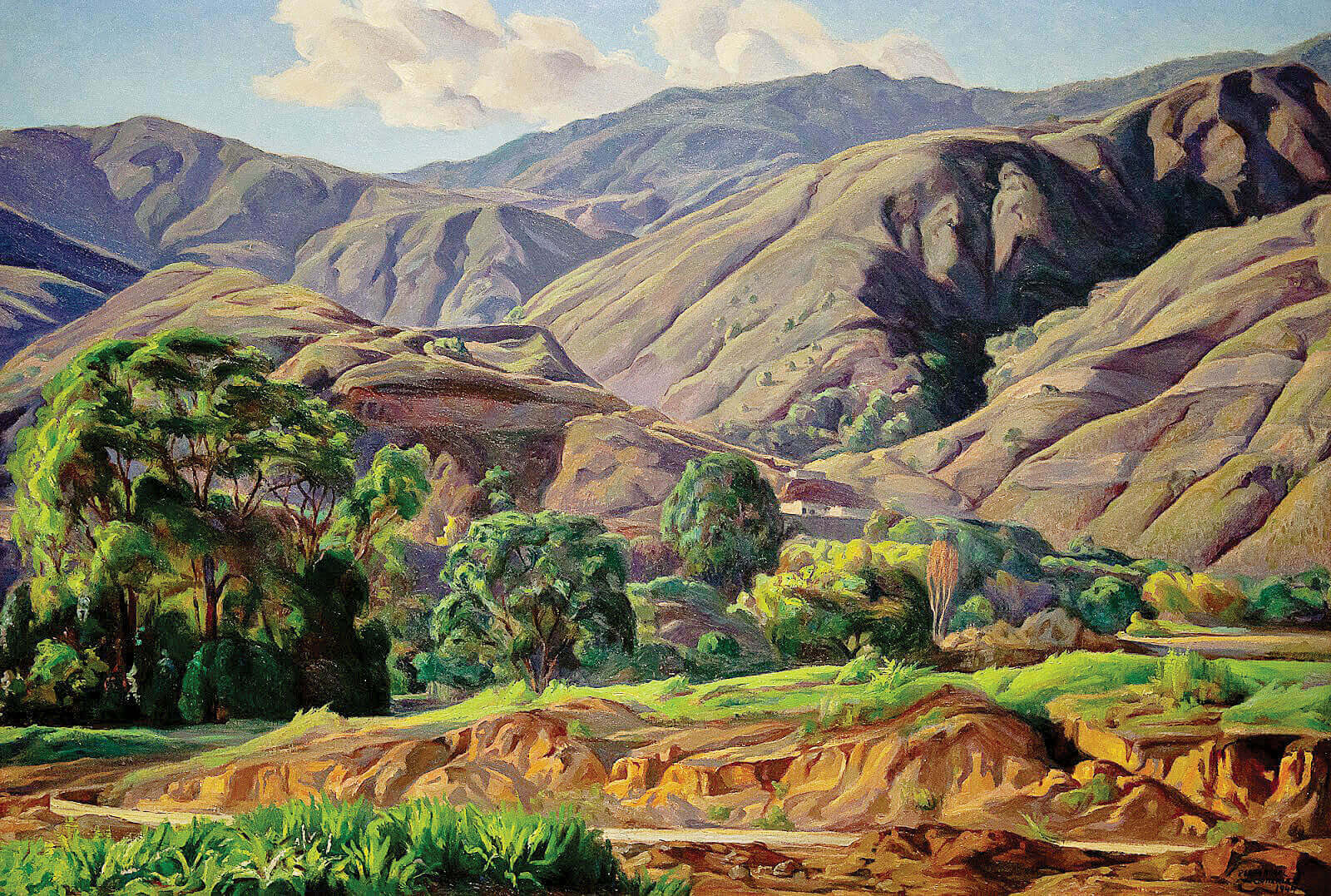
Paisaje del Ávila, painting by Pedro Ángel González. HC-01
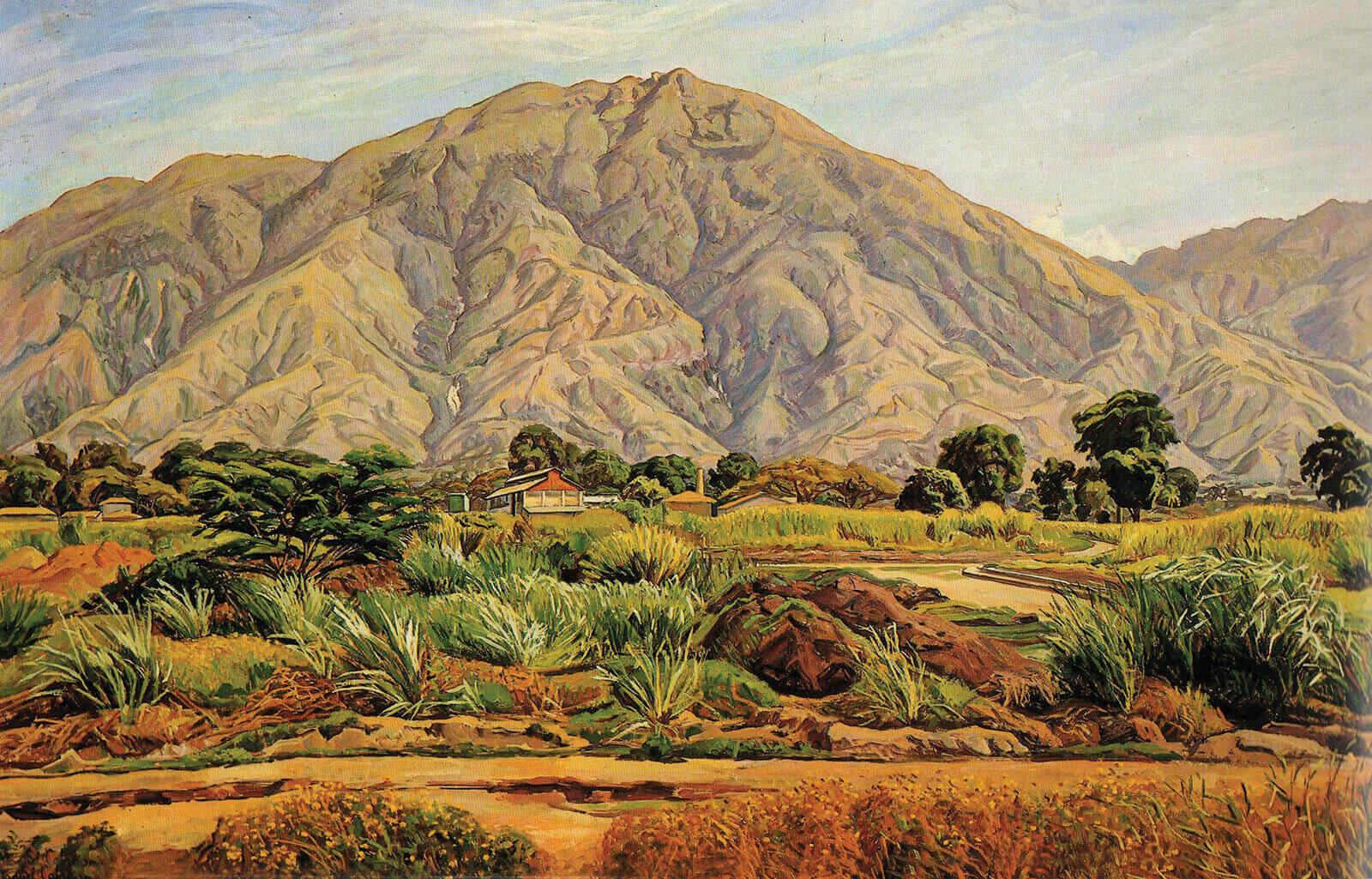
La Silla del Ávila, 1961, painting by Manuel Cabré. HC-02

Heights tables from sea level to the main hills of Canton Province Caracas. From Statistical general Plan of Caracas Province in 1855, John Larrazábal. HC-03
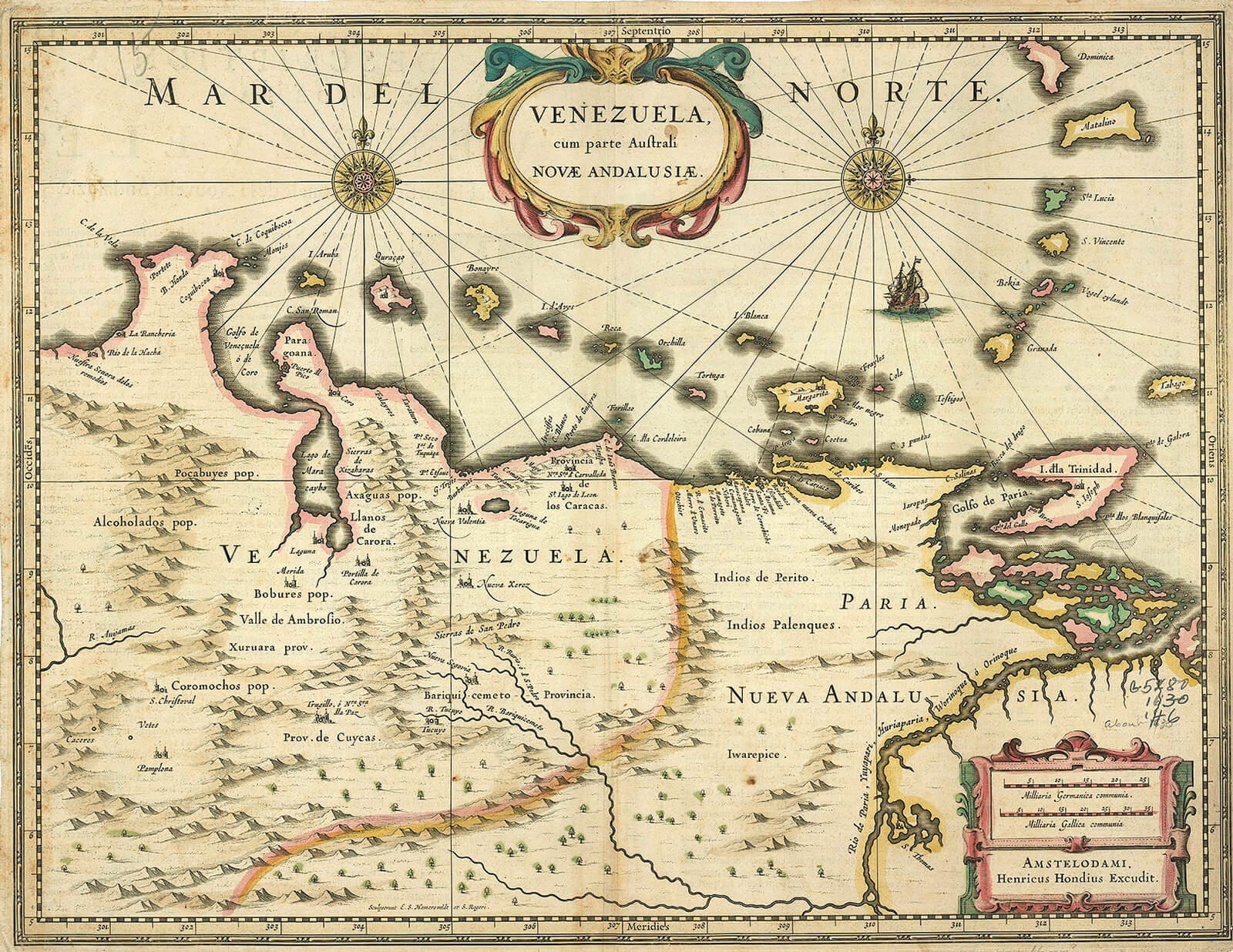
Map of Venezuela by Hondius Hendrik,1631. HC-04

Diego de Losada by Francisco Herrera, Concejo Municipal de Caracas. HC-06



